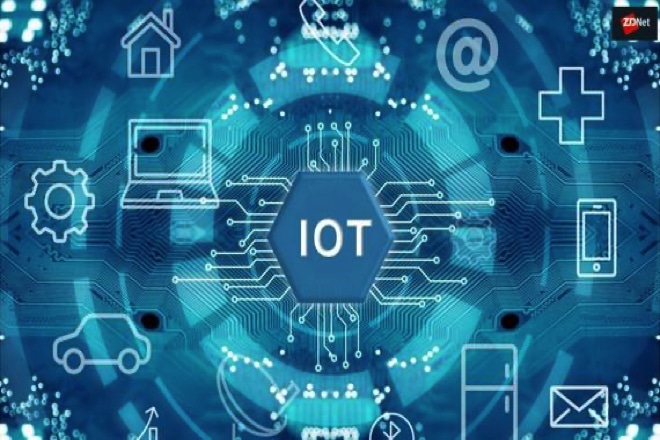Astrocast recently launched its commercially available bidirectional satellite IoT (SatIoT) service, to connect IoT devices globally when outside of cell-based terrestrial networks at a comparable cost.
Accessibility to the IoT service has the potential to transform the business model for global IoT, opening the door to a raft of new, powerful applications that will accelerate change and deliver tangible value to businesses, individuals and the environment, the company said.
Utilising its own recently launched nanosatellite constellation in Low Earth Orbit, Astrocast offers affordable connectivity for all and supports applications in asset tracking, telemetry and telematics; as it fosters innovation across sectors. By default, IoT solutions implemented in many of these situations are deployed in remote locations – from mines to farmland, ships to oil platforms.
According to the firm, bidirectional IoT has a significant role to play. The ability to send commands back to assets, rather than just receive data, is hugely powerful and enables an array of new use cases, including remote management of equipment. For example, it enables farmers to command silos to release food, open gates or manage irrigation systems, without any need for expensive and often hard-to-source human interaction.
Utility companies can remotely control water management systems in line with flood prevention strategies. With information seamlessly integrated with existing analytics, AI, or machine learning solutions, organisations have the power to use this data to improve understanding, and direct actions of remote assets.
Fabien Jordan, CEO of Astrocast said, “There is now an opportunity to use satellite IoT to increase visibility, transparency, and control over assets globally – and the potential for use cases across an array of sectors is almost limitless. What is more, in the past, these solutions have been too complex, costly, or simply unavailable. But, thanks to developments in satellite IoT technology, this is changing; and organisations that recognise the potential of going beyond terrestrial IoT will be able to create new competitive advantages too.”












